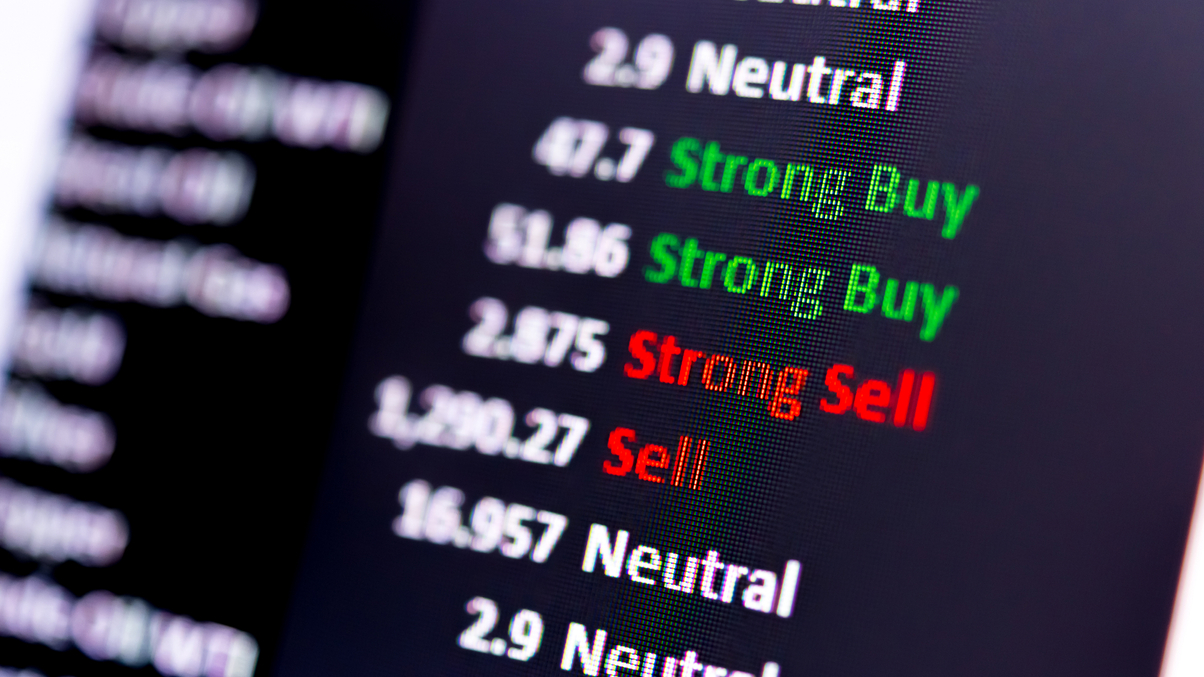Outlook 2021: Experts differ on appeal of US, EM equities
As the world recovers from the coronavirus pandemic, equity markets are expected to follow suit, although investors are divided on which markets to focus.

While investors generally agree that 2021 will be a positive year for equities, their opinions diverge on which geographies to focus – except for a consensus regarding China.
Sign in to read on!
Registered users get 2 free articles in 30 days.
Subscribers have full unlimited access to AsianInvestor
Not signed up? New users get 2 free articles per month, plus a 7-day unlimited free trial.
¬ Haymarket Media Limited. All rights reserved.


